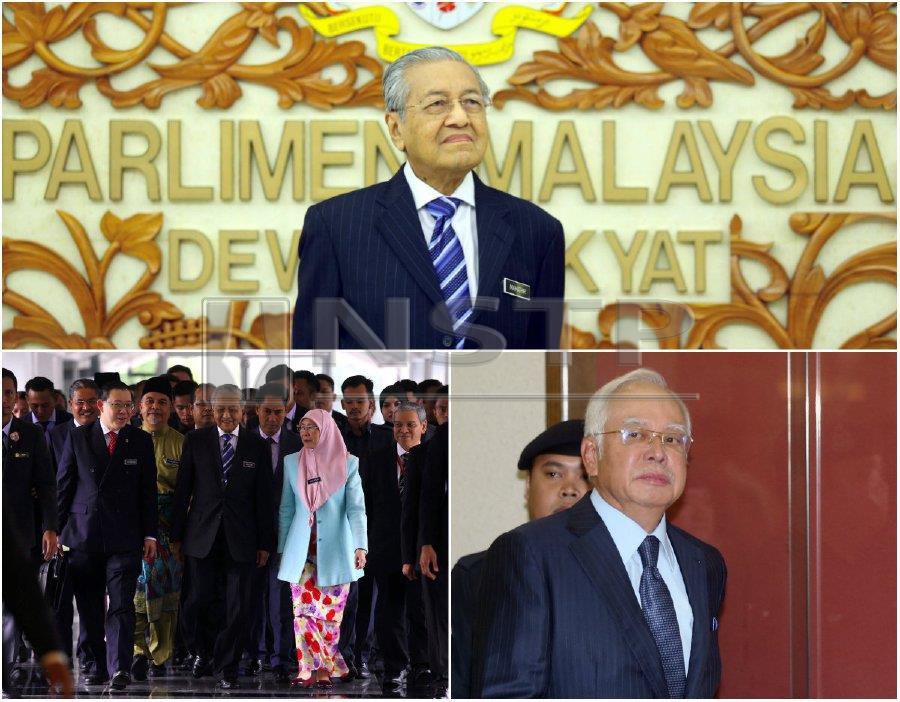POLITICS OF MALAYSIA
 |
google image
|
Malaysia is a parliamentary democracy with a federal constitutional monarch, the Yang di-Pertuan Agong, as head of state. This monarch is chosen for a five-year term from among their own number by the nine hereditary rulers of Peninsular Malaysia. These rulers also elect a Timbalan (deputy) di-Pertuan Agong. The nine hereditary states are Perlis (ruled by the Raja), Negeri Sembilan (ruled by the Yang di-Pertuan Besar) and Kedah, Perak, Johor, Selangor, Pahang, Terengganu and Kelantan (ruled by Sultans). The head of state in the four states that do not have hereditary rulers – Melaka, Pulau Pinang, Sabah and Sarawak – is the Yang di-Pertuan Negeri, or governor, and is appointed by the Yang di-Pertuan Agong for a four-year term.
 |
| google image |
In his closing speech to the United Malays’ National Organisation (UMNO) annual congress in June 2002, 76-year-old Prime Minister Dr Mahathir Mohamad announced his retirement, but subsequently agreed to continue as Prime Minister until October 2003, when his deputy, Abdullah Ahmad Badawi, duly succeeded him as UMNO leader and Prime Minister.
 |
| google image |
In an early general election in March 2004, the ruling UMNO-led National Front coalition received a strong mandate to proceed with reforms proposed by the new Prime Minister, including action against corruption. It took 199 seats in the 219-seat federal parliament, regaining Terengganu and conceding only one state, Kelantan, by a small margin to the Pan-Malaysian Islamic Party (PAS). The Democratic Action Party (DAP) took 12 seats and the PAS seven.
 |
| google image |
Tun Dr. Mahathir bin Mohamad is a Malaysian politician currently serving as the seventh Prime Minister of Malaysia. Born and raised in Alor Setar, Kedah, Mahathir excelled at school and became a medical doctor. He became active in the UMNO before entering Parliament in 1964. He served one term before losing his seat, subsequently falling out with Prime Minister Tunku Abdul Rahman and being expelled from UMNO. When Abdul Rahman resigned, Mahathir re-entered UMNO and Parliament, and was promoted to the Cabinet. By 1976 he had risen to Deputy Prime Minister, and in 1981 was sworn in as Prime Minister after the resignation of his predecessor, Hussein Onn. During Mahathir's first tenure as Prime Minister, Malaysia experienced a period of rapid modernization and economic growth, and his government initiated a series of bold infrastructure projects.





Comments
Post a Comment